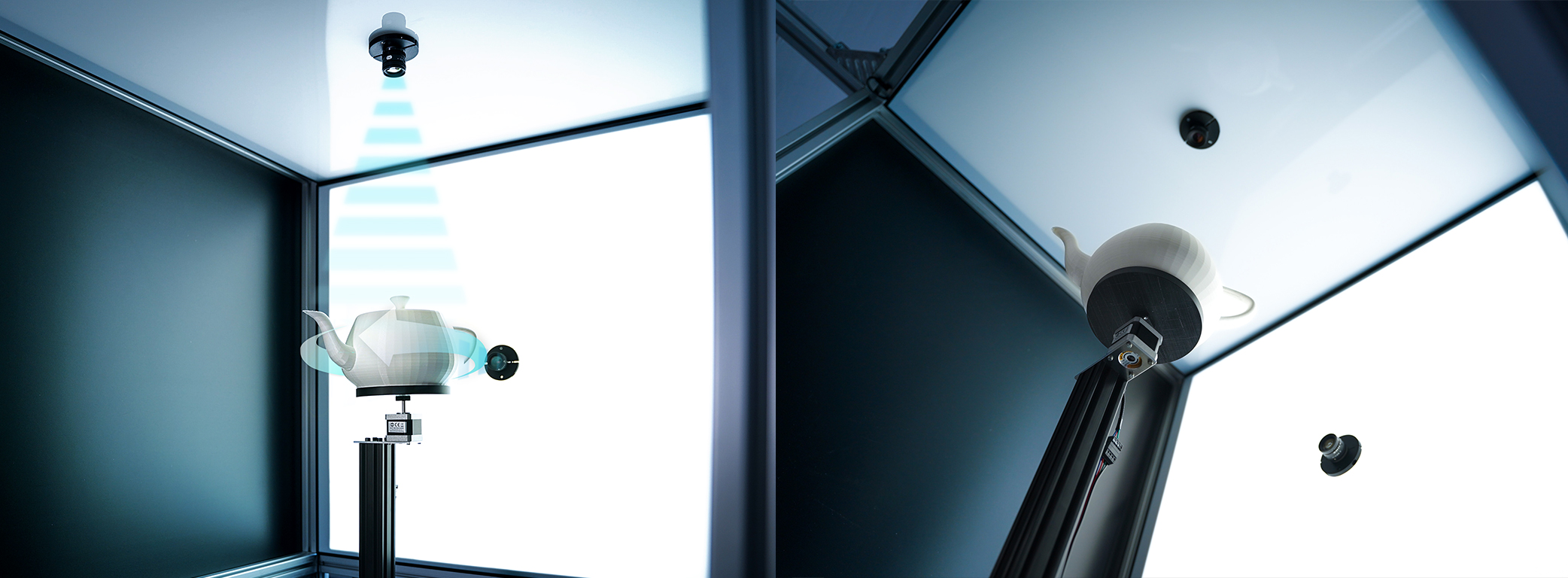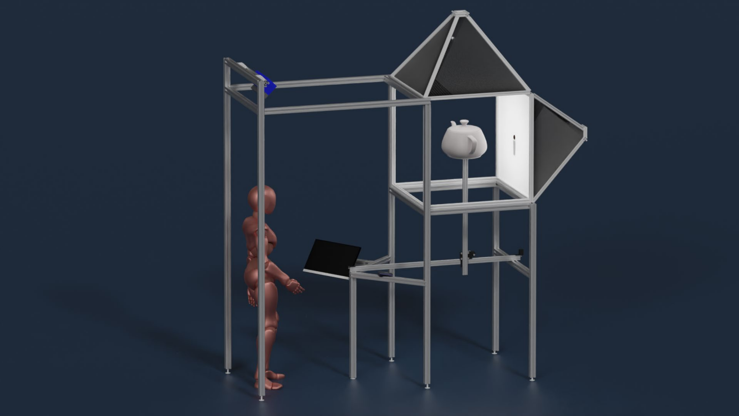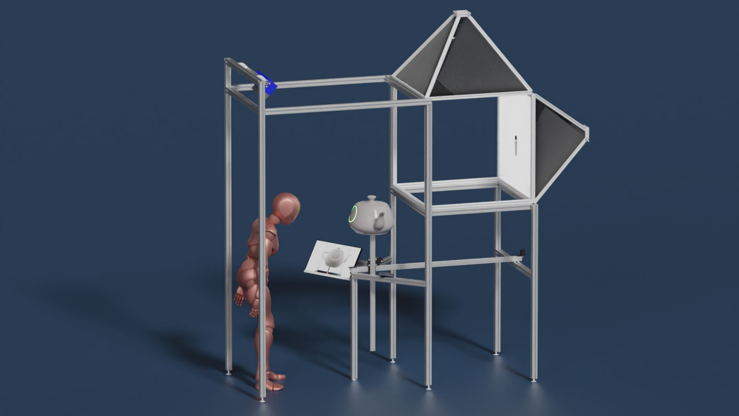Halodome is an AI system for automatic detection of anomalies and defects on components. Supported by a human operator and latest human-computer interaction, the system learns to distinguish between good samples and anomalous samples. In the process, the detection rate continuously improves.
Quality assurance is very important as it ensures that components are manufactured with high quality and rectification costs are kept at a minimum. However, not all necessary parts of the quality assurance process can be automated. And even if automation is possible, automatic quality assurance is often expensive as it requires complex programming and an elaborate algorithmic learning process.
About the project
Halodome includes an AI-based algorithm for quality assurance. The system requires only a few training samples to teach the algorithm how a good sample looks like. Confronted with a sample that differs from a good sample, the algorithm detects the differences and marks the corresponding locations in the camera image. Those results are intuitively presented to the human operator for inspection and final check. The human operator is able to overrule the system results, to edit the system results, and even to restore them into the system in order to retrain the AI model. Initially, the system requires only a few training samples. Hence, the system can be put into operation in a very short time. During operation, the system learns from the human operator with every restored sample and thereby gradually improves. The human operator with his practical expert knowledge keeps the role of a supervisory authority. As long as anomalies are visible in the camera image, the system can be deployed cost-effectively for anomaly detection for new component types as well.
Interaction and benefits
To inform the human operator, the detection results are provided on a touch monitor. Alternatively, they can be projected onto the component itself by a beamer. The human operator interacts intuitively with touch gestures in order to edit or change results. Future realizations will also include speech recognition for voice input.
The Halodome system can be utilized within the quality assurance process for multiple applications. Besides the AI core, the algorithmic learning process is straightforward and relatively simple and does not require a large database of training samples. The human operator is able to retrain the system by interacting with it and thus improve its robustness.
 Fraunhofer Institute of Optronics, System Technologies and Image Exploitation IOSB
Fraunhofer Institute of Optronics, System Technologies and Image Exploitation IOSB 


